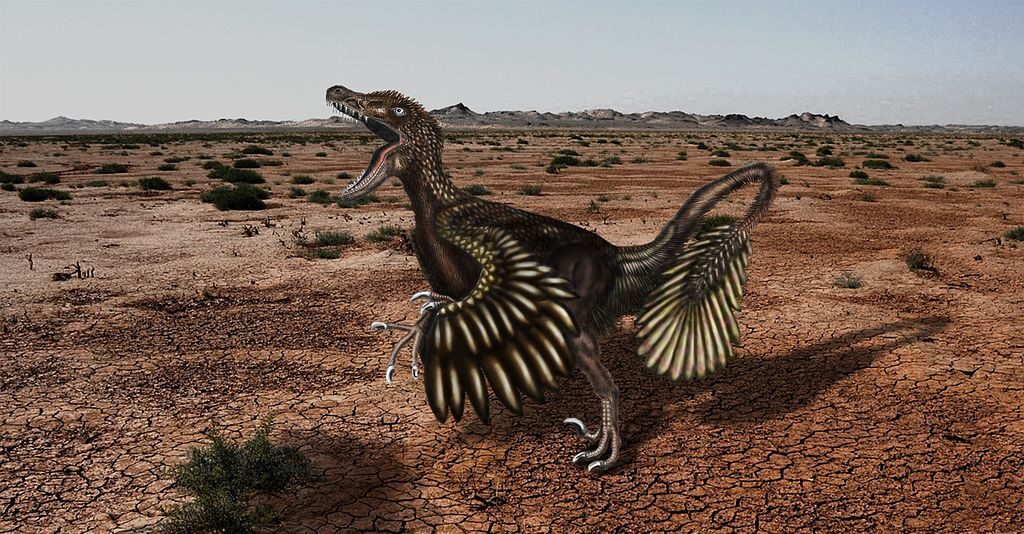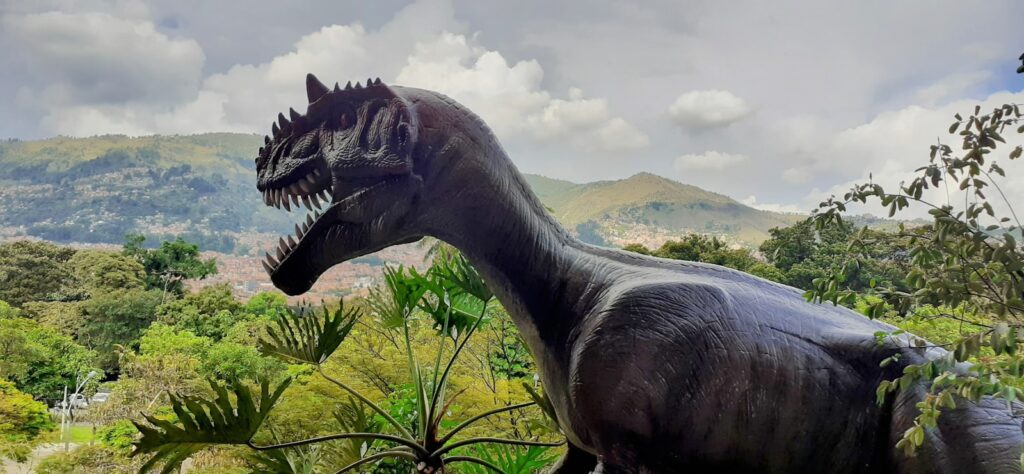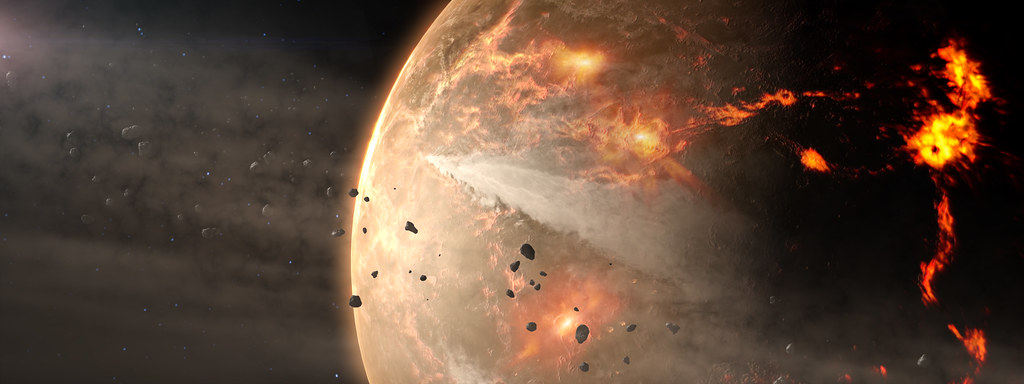Picture this: you’re walking through a dense forest when suddenly, a sickle-clawed predator emerges from the underbrush. Its eyes lock onto yours, and every instinct screams “RUN!” But could you escape? The answer might surprise you more than you’d expect.
The Hollywood Myth That Fooled Everyone

Thanks to certain blockbuster movies, most people imagine velociraptors as towering, lightning-fast killing machines that could easily chase down a fleeing human. The reality is far more complex and fascinating. These prehistoric predators were much smaller than their Hollywood counterparts, standing only about 2 feet tall and weighing roughly 30 pounds.
The cinematic version we’ve all seen was based on a much larger relative called Deinonychus. This size difference completely changes the dynamic of a hypothetical case scenario. A real velociraptor would be more like facing an oversized, extremely aggressive chicken with razor-sharp claws.
Speed Demons or Steady Hunters?
Scientists have spent decades analyzing velociraptor fossils to understand their locomotion capabilities. Based on leg bone structure and muscle attachment points, researchers estimate these dinosaurs could reach speeds of approximately 25-30 miles per hour in short bursts. That’s certainly fast, but not the supernatural speed often portrayed in popular culture.
Compare this to the average human running speed of about 12-15 mph, and suddenly the gap doesn’t seem insurmountable. Elite human sprinters can reach speeds of 28 mph, placing them in the same league as these ancient predators. The key difference lies in endurance and acceleration patterns.
Your Running Game vs. Ancient Predators

The average person might not win a sprint against a velociraptor, but humans have some serious advantages that fossil evidence can’t fully capture. Our upright posture and long legs give us incredible efficiency over longer distances. While a velociraptor might catch you in the first 100 meters, you could potentially outlast it in a longer chase.
Human endurance running capabilities are legendary in the animal kingdom. We evolved to engage in a persistence hunt, literally running prey to exhaustion over long distances. A velociraptor, with its bird-like physiology, would likely be built for quick bursts rather than marathon chases.
The Terrain Factor That Changes Everything

Where you encounter a velociraptor would dramatically influence your survival odds. These dinosaurs lived in varied environments, from forests to semi-arid plains. In dense woodland, their smaller size and agility would give them a significant advantage as they could navigate through tight spaces more easily than a human.
Open terrain tells a different story entirely. On flat ground, human stride length and running efficiency would shine. Think of it like comparing a motorcycle to a car – the motorcycle might be quicker in traffic, but the car dominates on the highway.
Pack Hunting Changes the Rules
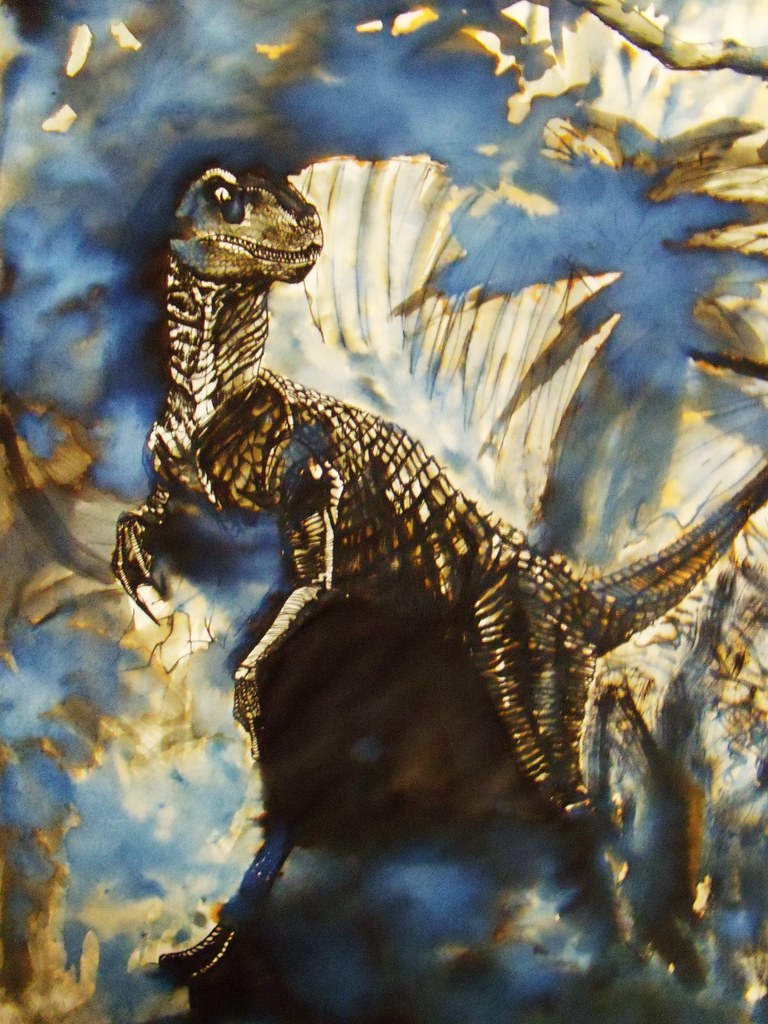
Here’s where things get genuinely terrifying: velociraptors likely hunted in coordinated groups. Recent fossil discoveries and trackway evidence suggest these dinosaurs worked together to bring down prey. Even if you could outrun one velociraptor, facing a pack would be a completely different challenge.
Pack hunting strategies would involve flanking maneuvers, cutting off escape routes, and coordinated attacks. Your chances of outrunning a single velociraptor might be decent, but multiple predators working together would make escape exponentially more difficult.
Those Infamous Sickle Claws
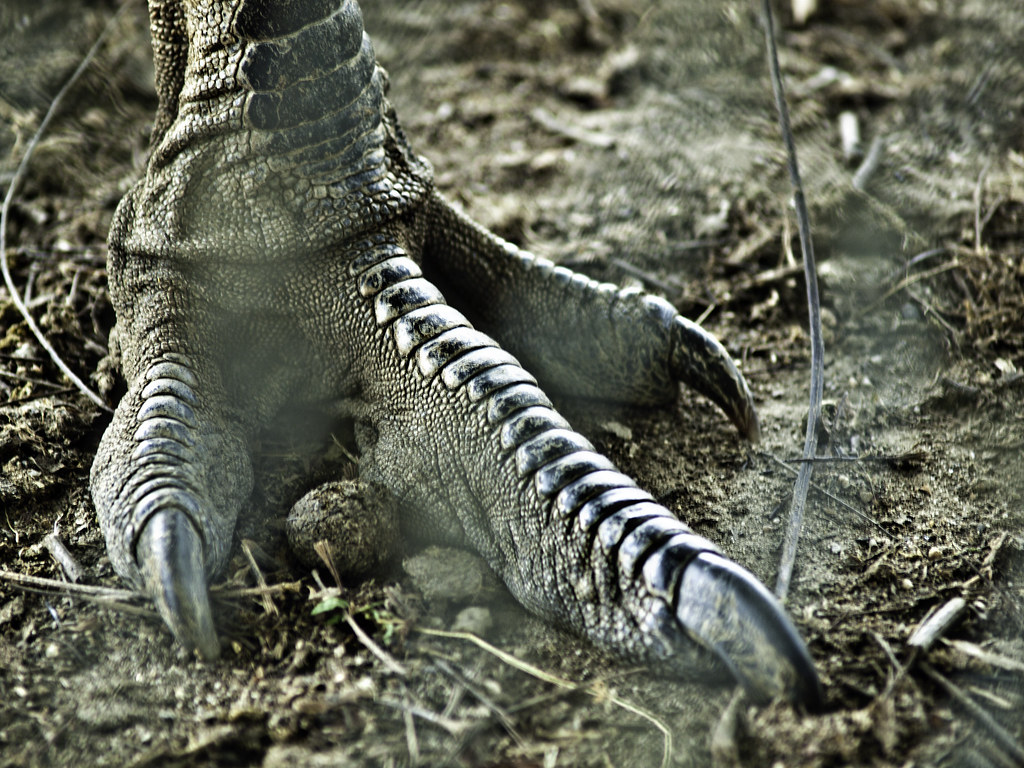
The velociraptor’s most feared weapon wasn’t necessarily used the way movies suggest. Scientists now believe the large sickle claw on each foot was primarily used for gripping and climbing rather than slashing. This discovery comes from studying the wear patterns on fossilized claws and comparing them to modern birds of prey.
These claws would still be dangerous in a chase scenario, but not in the way you might expect. A velociraptor would likely use them to maintain grip while leaping onto prey, similar to how eagles use their talons. This makes the idea of outrunning one more plausible – they’d need to get close enough to make physical contact.
Intelligence vs. Instinct
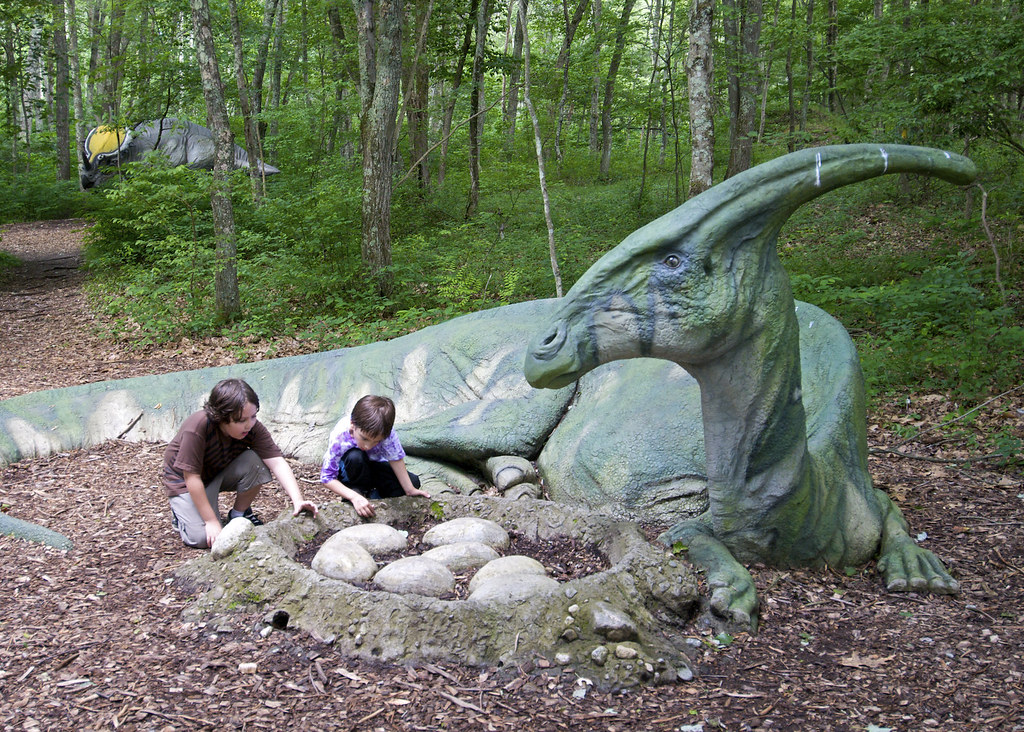
Velociraptors possessed relatively large brains for their body size, suggesting they were quite intelligent by dinosaur standards. However, human intelligence and problem-solving abilities would be your greatest asset in an escape scenario. You could use tools, create distractions, or navigate complex obstacles that might confuse a predator.
The ability to think ahead, plan escape routes, and use environmental features to your advantage gives humans a significant edge. A velociraptor might be smart, but it’s not going to figure out how to open doors or navigate human-made structures.
Body Temperature and Endurance
Recent research suggests velociraptors may have been warm-blooded, which would give them better-sustained energy than cold-blooded reptiles. However, this also means they’d burn through energy faster during intense activity. A prolonged chase would favor the creature with better energy management – potentially you.
Humans are exceptional at regulating body temperature through sweating, allowing us to maintain activity levels for extended periods. A velociraptor would likely overheat much faster, especially in warm climates, giving you a crucial advantage in any extended pursuit.
The Ambush Advantage
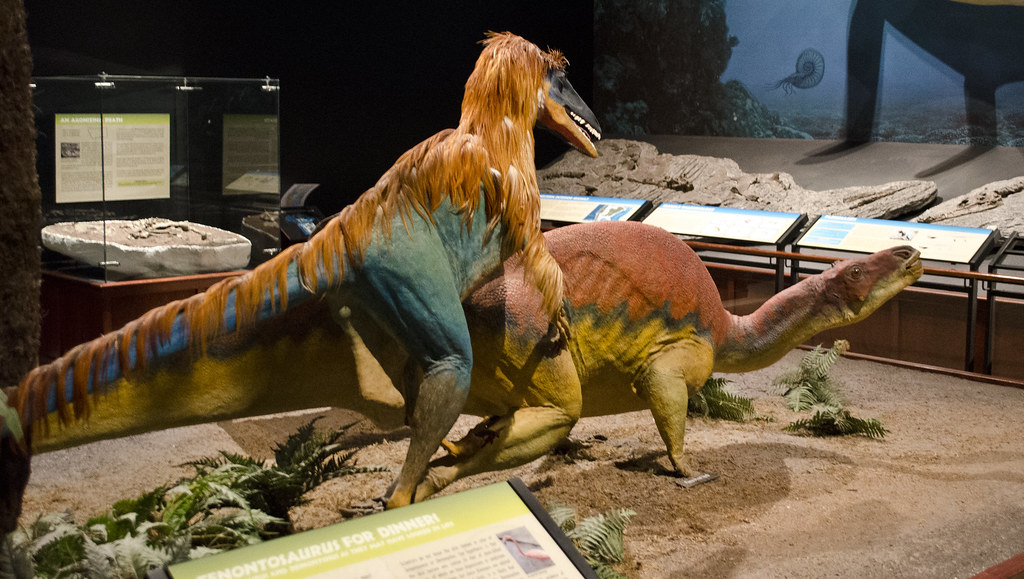
Velociraptors were likely ambush predators rather than persistent chasers. Their hunting strategy would involve getting as close as possible before launching an attack. This means your best defense would be awareness and early detection rather than raw speed.
If you spotted a velociraptor before it could get within striking distance, your chances of escape would increase dramatically. These predators weren’t built for long-distance pursuit – they were designed for quick, decisive attacks on unsuspecting prey.
Modern Athletic Training vs. Prehistoric Fitness
Consider the fitness level of modern humans compared to our ancestors. Today’s trained athletes are faster, stronger, and more endurance-capable than humans have ever been. A modern marathon runner or sprinter would have capabilities that far exceed what velociraptors evolved to catch.
Even the average person today, with proper footwear and clothing, has advantages that didn’t exist in the Cretaceous period. Modern running shoes alone could give you the edge needed to outpace a velociraptor on suitable terrain.
Environmental Obstacles and Escape Routes
The prehistoric world was full of obstacles that could aid or hinder an escape attempt. Dense vegetation, rocky terrain, and water features would all play crucial roles in determining the outcome of a chase. Velociraptors were excellent climbers, so trees might not offer the sanctuary you’d hope for.
Water presents an interesting scenario – while velociraptors could probably swim, humans are generally better long-distance swimmers. A lake or river could provide an escape route that plays to human strengths rather than velociraptor advantages.
The Surprise Element

In any realistic encounter, the element of surprise would be crucial. A velociraptor that catches you off guard would have a massive advantage, regardless of your theoretical top speed. These predators were built for stealth and sudden attacks, not prolonged chases.
Your survival would depend more on situational awareness and quick decision-making than pure athletic ability. The first few seconds of an encounter would likely determine the outcome more than your maximum running speed.
What Modern Science Reveals
Recent biomechanical studies using computer modeling have given us unprecedented insights into dinosaur locomotion. These studies suggest that while velociraptors were certainly fast, they weren’t the unstoppable speed demons of popular imagination. Their running gait was likely similar to modern ground birds, with impressive acceleration but limited top-end speed.
The physics of their body structure indicates they were optimized for agility and quick direction changes rather than sustained high-speed running. This gives humans, with our efficient long-distance running mechanics, a fighting chance in the right circumstances.
The Verdict on Your Survival Odds
So could you outrun a velociraptor? The answer depends on numerous factors, but science suggests it’s not impossible. Your best bet would be early detection, suitable terrain, and leveraging human endurance advantages. A fit person on open ground might have decent odds against a single velociraptor.
However, facing a pack, being caught by surprise, or encountering one in dense forest would dramatically reduce your chances. The key insight is that velociraptors weren’t the invincible killing machines Hollywood made them out to be – they were impressive predators with specific strengths and limitations.
The next time you watch a dinosaur movie, remember that real velociraptors were more like deadly turkeys than monster movie villains. That might not make them less dangerous, but it certainly makes them more outrunnable than you might have thought. What scenarios do you think would give you the best chance of escape?

